Telling a compelling aerial story requires more than just modern drone equipment. It requires careful planning and execution to ensure that each camera movement intentionally captures footage that ultimately creates a memorable experience for the viewer.
However, before taking off into the world of drone video cinematography, it’s essential to understand classic camera movements. Mastering these will provide the foundational knowledge and techniques to capture breathtaking aerial footage.
A basic camera movement for drone cinematography, panning and 360-degree rotation involves moving the camera horizontally, either left-to-right or right-to-left while focusing on the subject of interest. A panning shot is excellent for establishing a sense of location and is often used in landscape videography. A 360-degree rotation accomplishes a similar goal but completes a full rotation around the primary subject or location. The latter commonly shows off the view from a particular vantage point, while the former showcases any subject in view.
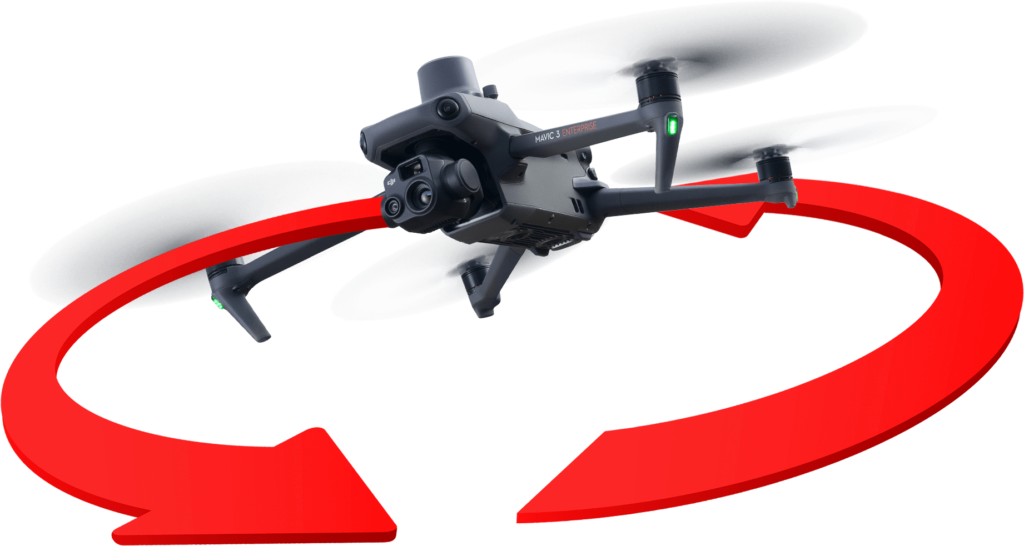
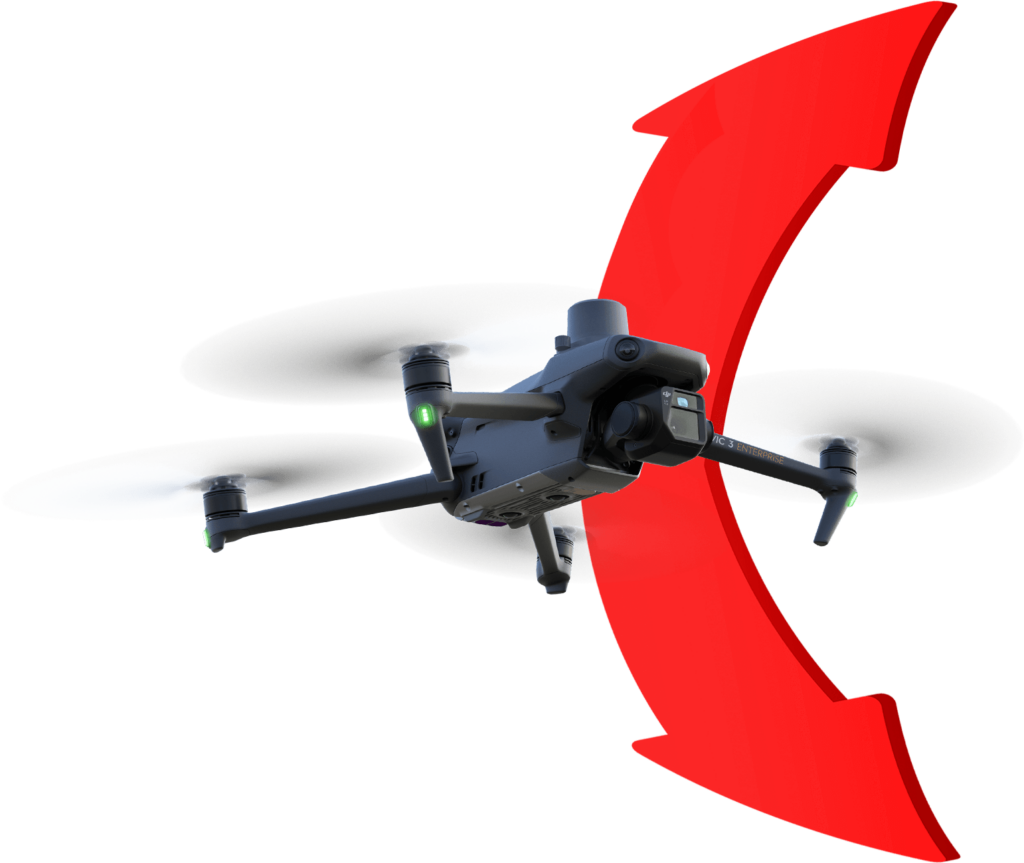

A dolly shot is when you move the entire camera forwards and backward, typically on a track or motorized vehicle. A dolly approach shot shows the camera approaching the subject head-on, while a dolly retreat shot mirrors the same action but in reverse, pulling back from the subject while maintaining focus.
After the initial approach in a dolly shot, the shot can continue as a flyover of the point of interest, depending on the creative direction of the operator. This type of movement can create beautiful flowing effects when done correctly, but before attempting a dolly shot, make sure your track is stable and will allow for fluid movement.
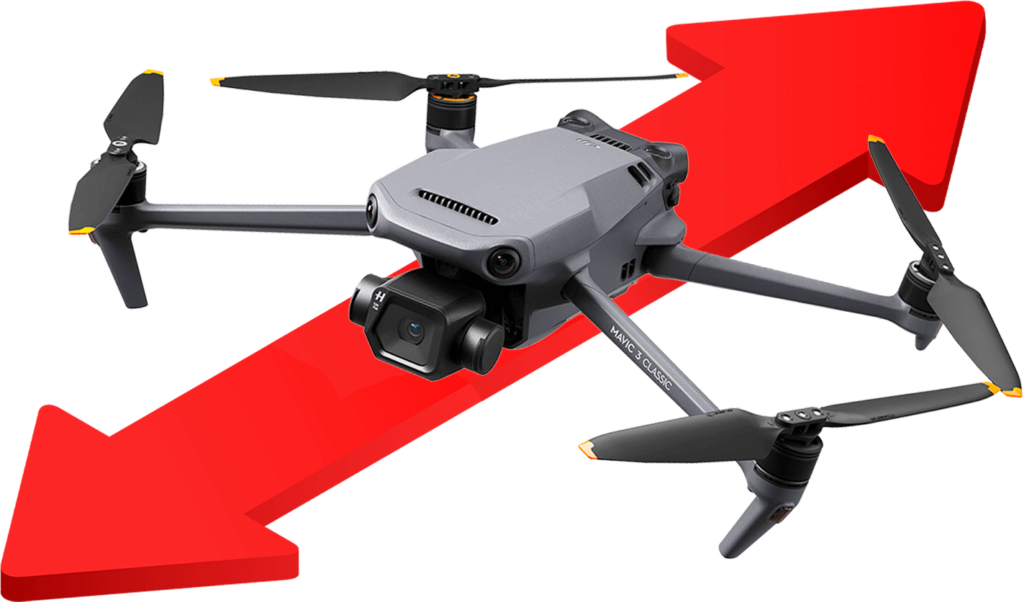
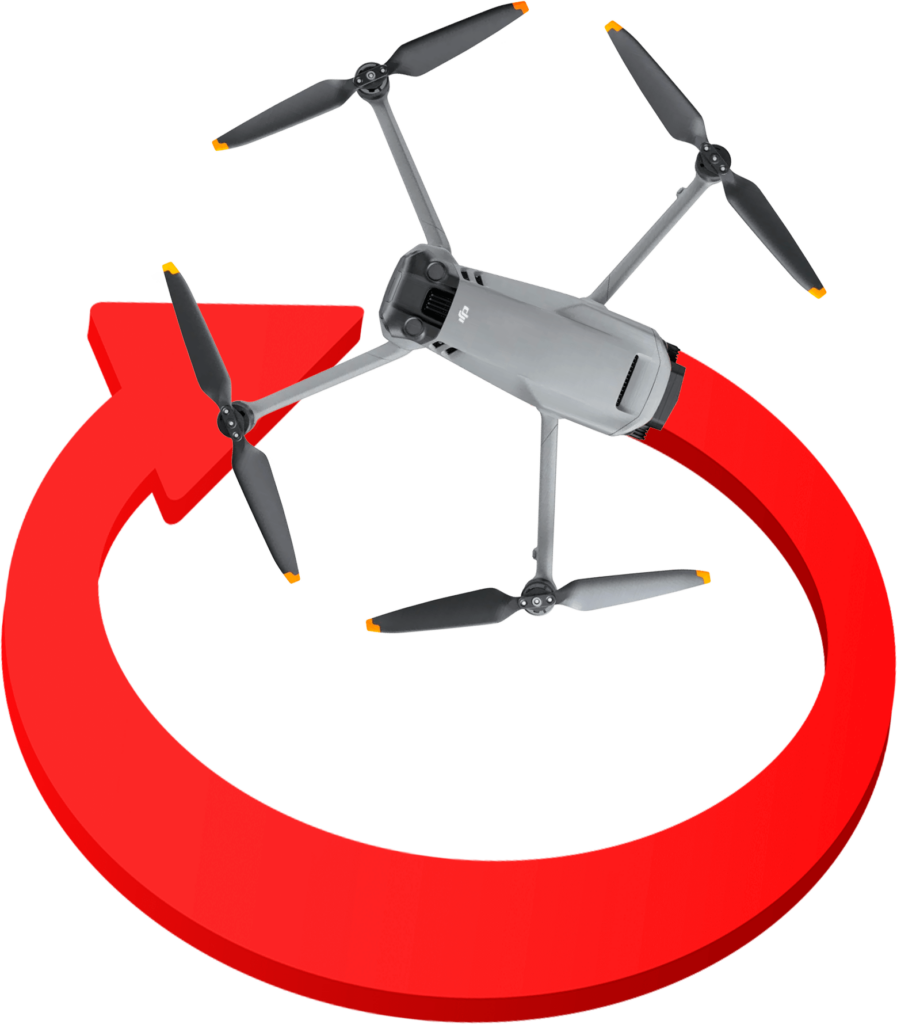

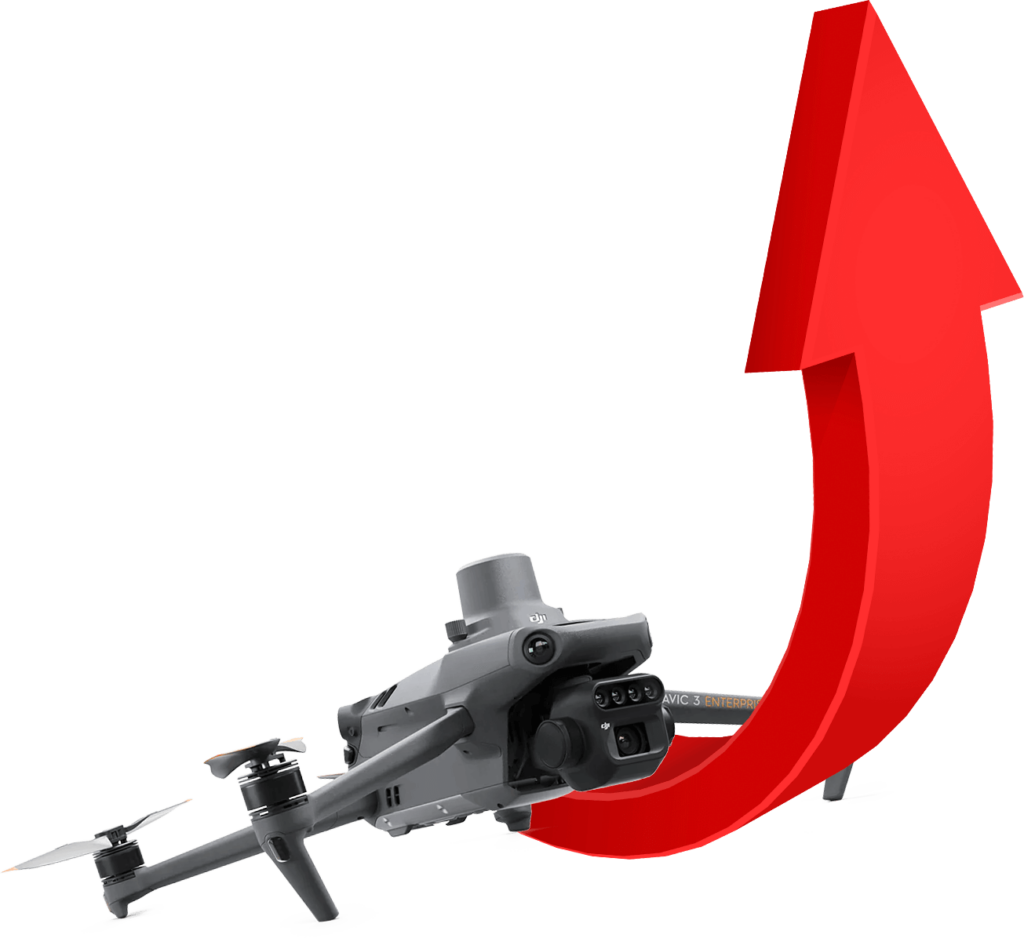
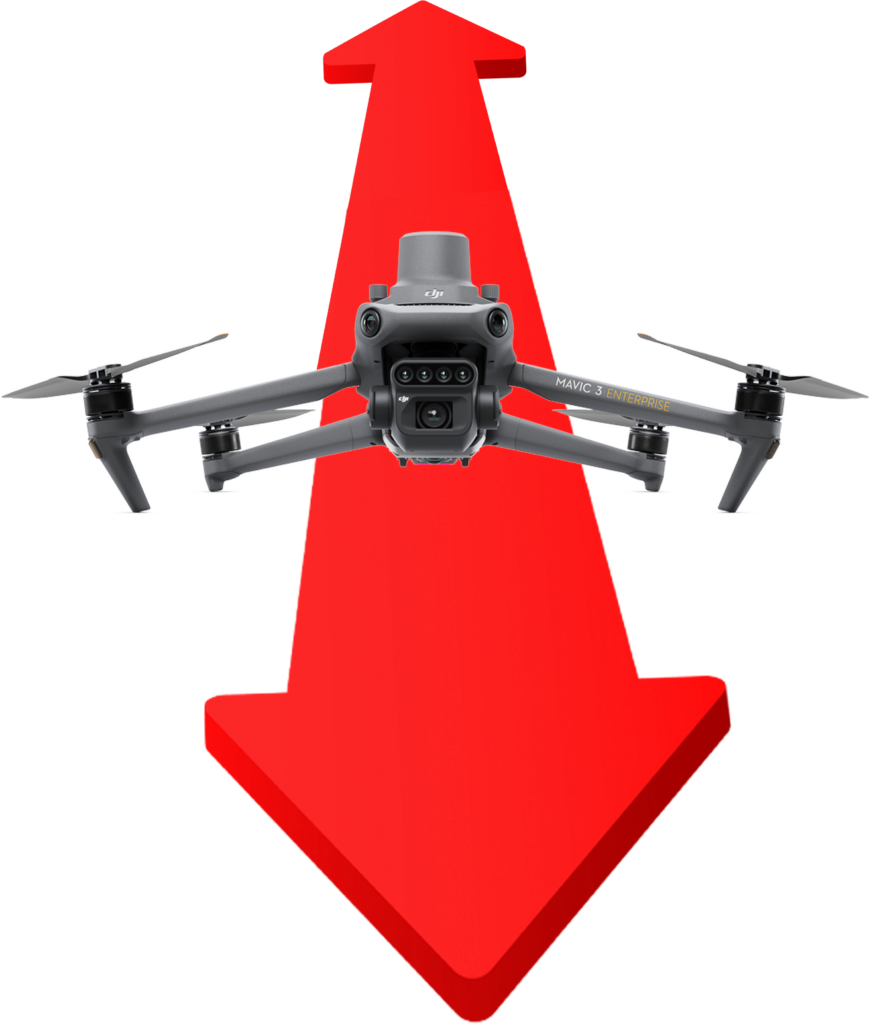
Also known as up-and-away, the retreat, rise, and fade technique leaves the point of interest in the center while retreating to give the viewer a complete view of the surrounding area, providing an exceptional ending shot for a compilation video.
To achieve this look, hover your drone in front of the subject and then gradually push up on the left stick and pull back on the right stick. The drone will move back and up, producing a simple movement with captivating results. Practicing slower control stick movements will produce smoother, more cinematic footage, however, you can also go full-throttle in both directions for faster, more exhilarating footage.
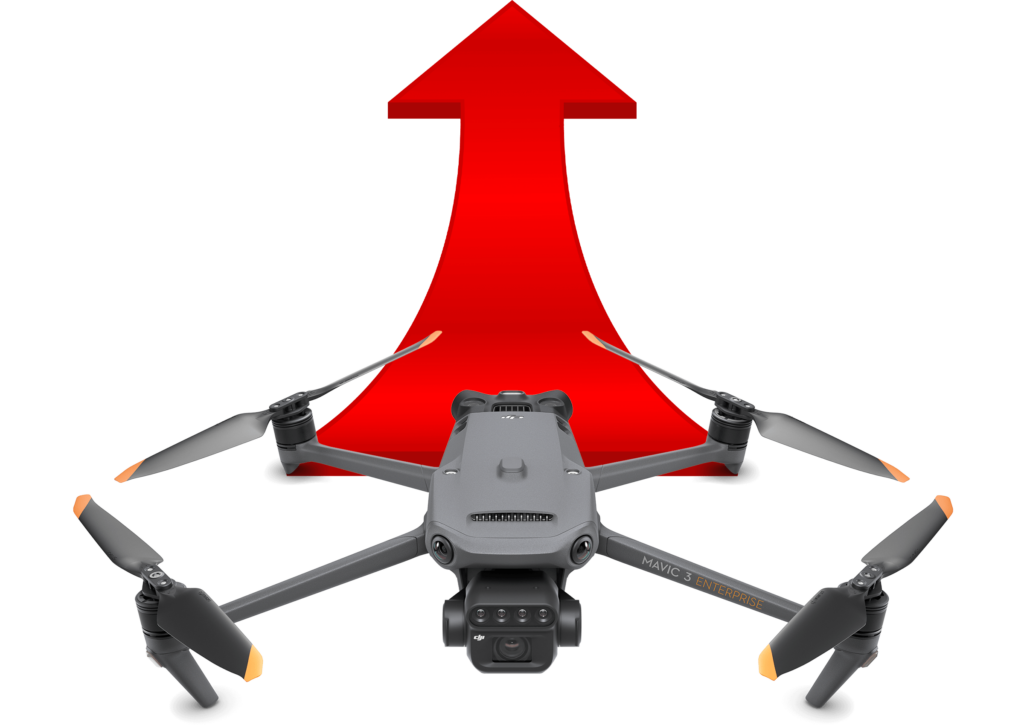
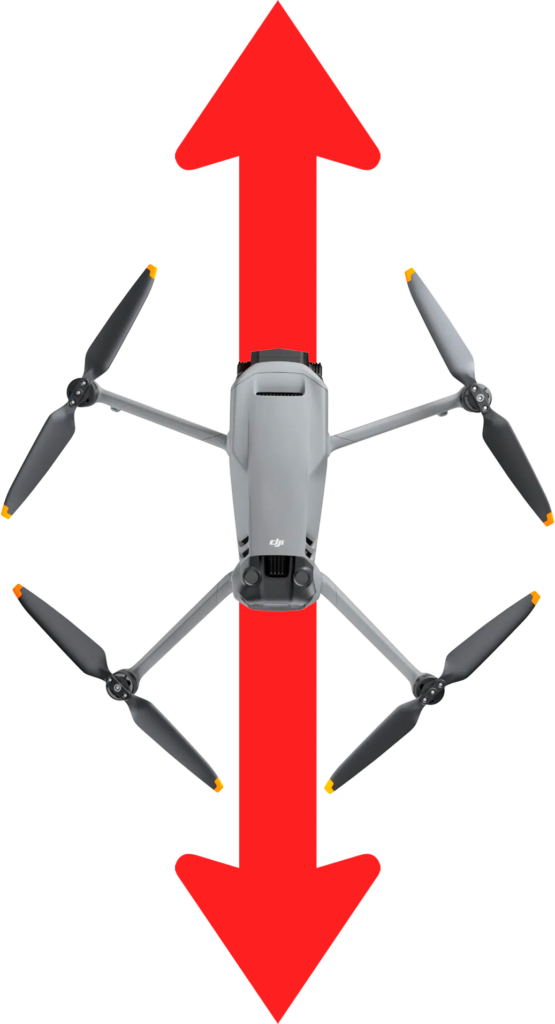
Find out what you need to know when hiring a drone service, and learn about creative ways that different industries use drones to improve data, reduce risk, and achieve business objectives.